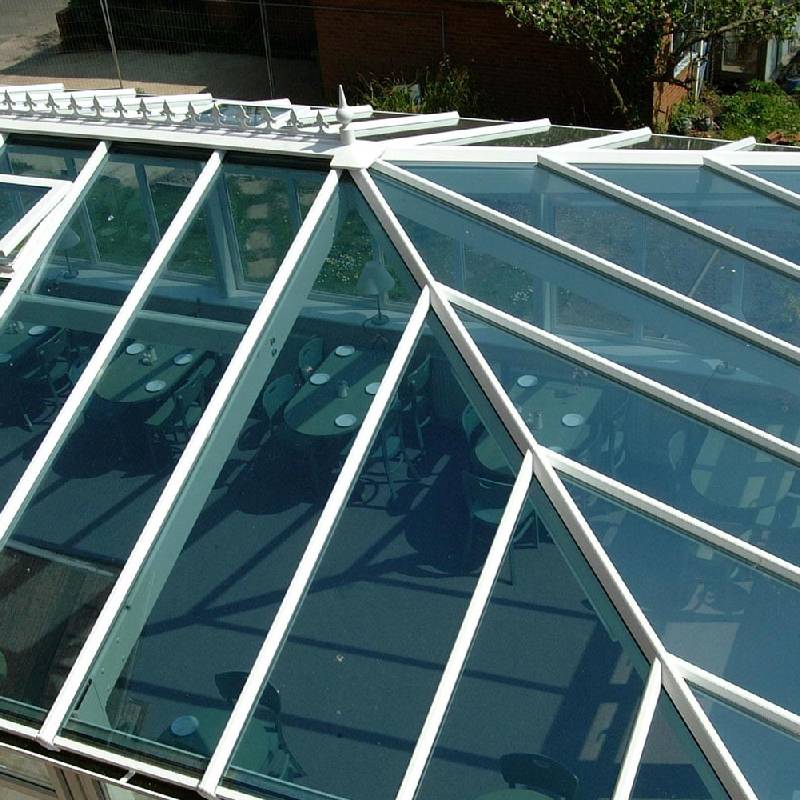

The Market Dynamics of 4mm Float Glass Pricing
Float glass, a key material in the construction and manufacturing industries, has various thicknesses, with 4mm being one of the most commonly used options. This thickness balances strength and weight, making it suitable for a wide range of applications, from windows and doors to furniture and display cases. Understanding the pricing dynamics of 4mm float glass is crucial for both industry stakeholders and consumers.
Current Pricing Trends
As of October 2023, the prices of 4mm float glass have shown fluctuations influenced by various factors. The global market has witnessed demand growth associated with residential and commercial construction activities, particularly in emerging economies. These regions are experiencing urbanization, leading to increased investment in infrastructure, which directly impacts the demand for float glass.
In addition, raw material costs have played a significant role in determining float glass prices. Key ingredients such as silica sand, soda ash, and limestone are essential for glass production. Any changes in the prices of these raw materials can lead to variations in float glass pricing. For instance, supply chain disruptions or geopolitical tensions affecting raw material supplies can drive up costs.
Moreover, the energy costs required for glass production are a significant factor influencing pricing. The manufacturing of float glass is energy-intensive, and fluctuations in energy prices can directly affect production costs. In recent years, there has been a push towards renewable energy sources, which, although beneficial in the long run, may lead to initial price increases during the transition.
Regional Variations in Pricing

The price of 4mm float glass can also vary significantly by region. In North America and Western Europe, where manufacturing processes are highly regulated, the prices may be higher due to stringent quality controls and environmental regulations. Conversely, regions with less regulation and lower labor costs, such as parts of Asia, may offer more competitive pricing, attracting buyers from various sectors.
Market Demand and Supply
The demand for float glass is also closely tied to broader economic conditions. An increase in housing starts and renovations typically drives demand for float glass products. On the other hand, economic downturns can lead to a decrease in construction activity, thereby reducing demand and potentially leading to lower prices.
Supply chain efficiencies, advancements in manufacturing technology, and innovations in glass products can also impact the availability and pricing of float glass. Increased competition among manufacturers can result in price stabilization and even reductions, benefiting consumers.
Conclusion
In summary, the pricing of 4mm float glass is influenced by a multitude of factors, including raw material costs, energy prices, regional market conditions, and overall economic health. For potential buyers, understanding these dynamics can aid in making informed purchasing decisions. As the construction industry continues to evolve, staying aware of these trends will be essential not only for manufacturers and suppliers but also for end-users seeking quality glass solutions at competitive prices. The future of the 4mm float glass market will likely see a blend of technological advancements and shifts in global economic patterns, shaping the pricing landscape continually.